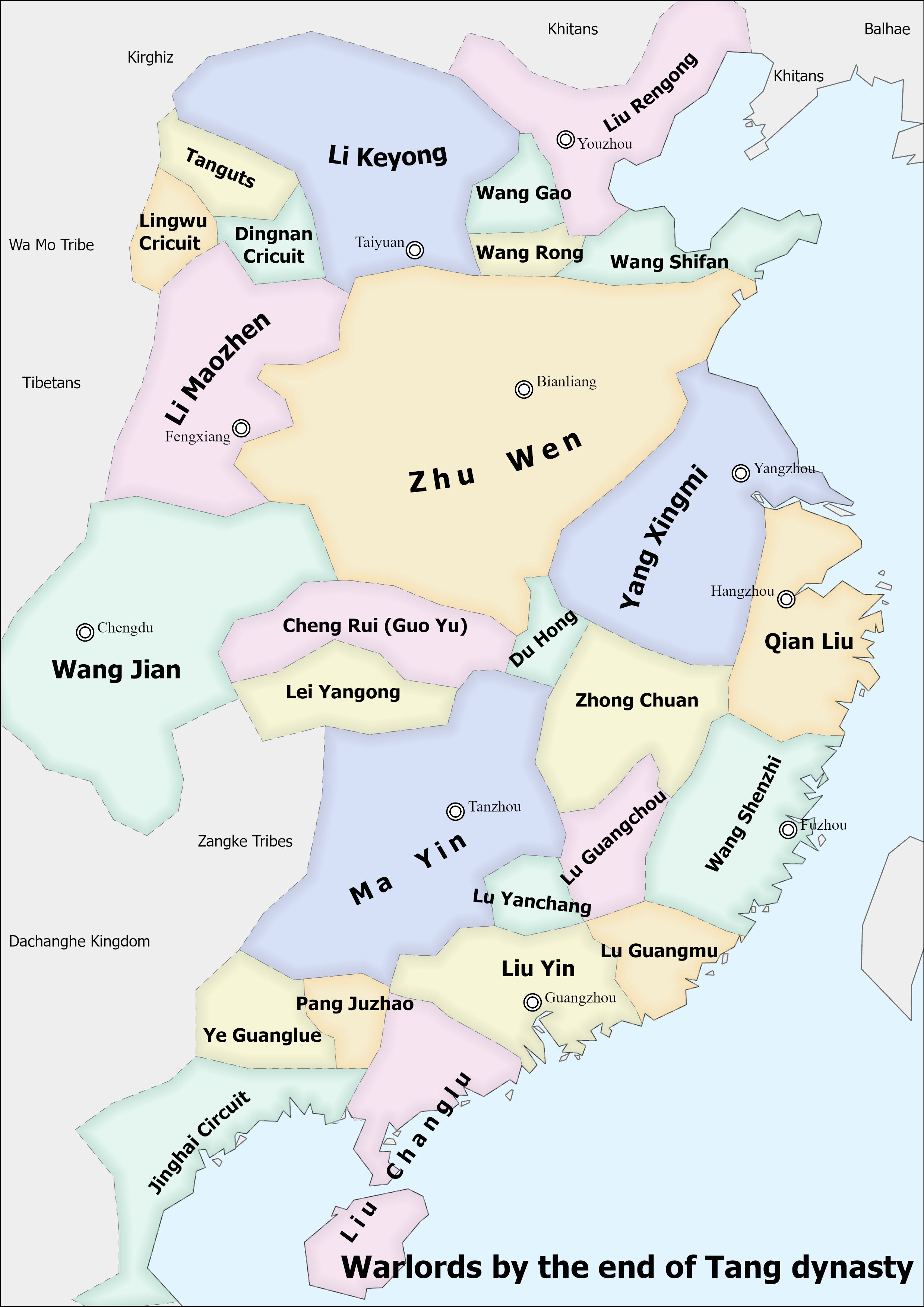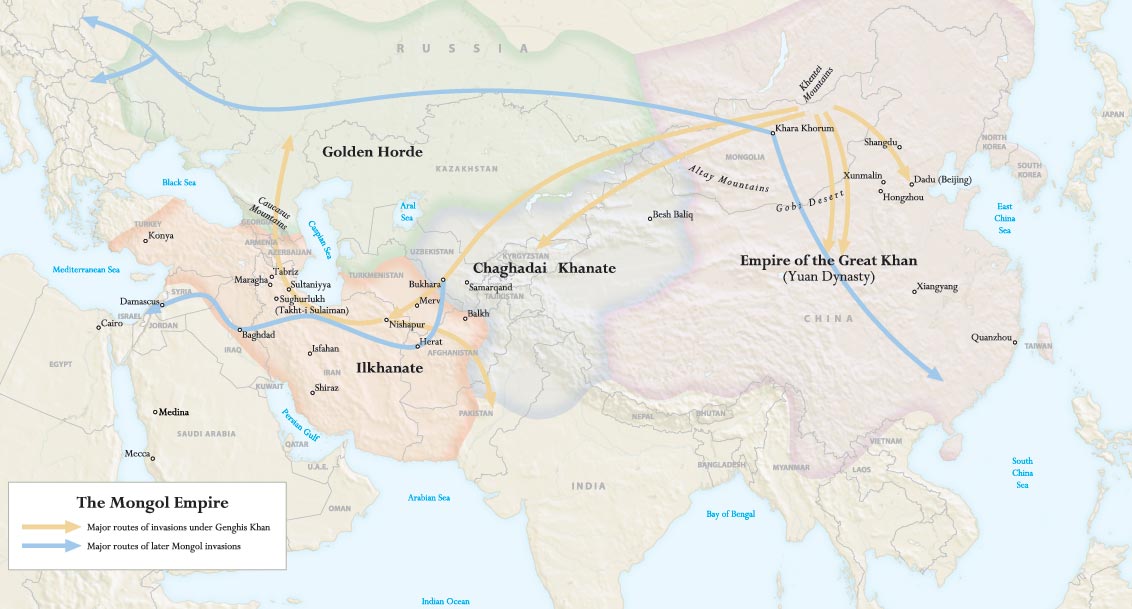|
Xianglong Luohan
Xianglong Luohan (), also known as the Taming Dragon Arhat, is an arhat and one of the Eighteen Arhats in China. His Sanskrit name is Nantimitolo and origins are said to derive from a Buddhist monk Mahākāśyapa. The legendary Chan Buddhist monk Ji Gong, was widely recognised by people as the incarnate of the Xianglong Luohan. Origin Originally there were only sixteen arhats. Worship of a group of sixteen arhats was set forth in an Indian sutra that was translated into Chinese in the mid-seventh century. Between the late Tang dynasty and early Five Dynasties and Ten Kingdoms period of China, two additional arhats were added, one paired with a tiger and the other one with a dragon. Xianglong Luohan is often equated with Mahākāśyapa of Buddhism, but actually, Xianglong Luohan has his own number of stories and has long been worshipped in China. Legend According to legend, the people of a kingdom in ancient India, after being incited by a demon, went on a rampage against the B ... [...More Info...] [...Related Items...] OR: [Wikipedia] [Google] [Baidu] |
Eighteen Arhats
The Eighteen Arhats (or Luohan) () are depicted in Chinese Buddhism as the original followers of Gautama Buddha (''arhat'') who have followed the Noble Eightfold Path and attained the four stages of enlightenment. They have reached the state of Nirvana and are free of worldly cravings. They are charged to protect the Buddhist faith and to wait on earth for the coming of Maitreya, an enlightened Buddha prophesied to arrive on earth many millennia after Gautama Buddha's death (parinirvana). In China, the eighteen arhats are also a popular subject in Buddhist art, such as the famous Chinese group of glazed pottery luohans from Yixian from about 1000 CE. In China Originally, the arhats were composed of only 10 disciples of Gautama Buddha, although the earliest Indian sutras indicate that only 4 of them, Pindola, Kundadhana, Panthaka and Nakula, were instructed to await the coming of Maitreya. Earliest Chinese representations of the arhats can be traced back to as early as the fou ... [...More Info...] [...Related Items...] OR: [Wikipedia] [Google] [Baidu] |
Mahākāśyapa
Mahākāśyapa ( pi, Mahākassapa) was one of the principal disciples of Gautama Buddha. He is regarded in Buddhism as an enlightened disciple, being foremost in ascetic practice. Mahākāśyapa assumed leadership of the monastic community following the '' paranirvāṇa'' (death) of the Buddha, presiding over the First Buddhist Council. He was considered to be the first patriarch in a number of Early Buddhist schools and continued to have an important role as patriarch in the Chan and Zen traditions. In Buddhist texts, he assumed many identities, that of a renunciant saint, a lawgiver, an anti-establishment figure, but also a "guarantor of future justice" in the time of Maitreya, the future Buddhahe has been described as "both the anchorite and the friend of mankind, even of the outcast". In canonical Buddhist texts in several traditions, Mahākāśyapa was born as Pippali in a village and entered an arranged marriage with a woman named Bhadra-Kapilānī. Both of them aspired ... [...More Info...] [...Related Items...] OR: [Wikipedia] [Google] [Baidu] |
Taipei Times
The ''Taipei Times'' is the only printed daily English-language newspaper in Taiwan, and the third established there. Online competitors include the state-owned '' Focus Taiwan'' and '' Taiwan News''; '' The China Post'' was formerly a competitor but today is mostly non-operational. Established on 15 June 1999, the ''Taipei Times'' is published by the Liberty Times Group, which also publishes a Chinese-language newspaper, the ''Liberty Times'', Taiwan's biggest newspaper by circulation, with a pro–Taiwan independence editorial line. On 15 May 2017, '' The China Post'' was the ''Times''s last English-language competitor to go out of print and the ''Taipei Times'' is consequently offered at most points of sale, hotels and libraries as the English-language option. It is a participant in Project Syndicate. See also * * * Media of Taiwan The mass media in Taiwan is considered to be one of the freest and most competitive in Asia. Cable TV usage is high (around 80%) and there ... [...More Info...] [...Related Items...] OR: [Wikipedia] [Google] [Baidu] |
Ji Gong
Ji Gong (, 22 December 1130 – 16 May 1209), born Li Xiuyuan and also known as "Chan Master Daoji" () was a Chan Buddhist monk who lived in the Southern Song. He purportedly possessed supernatural powers, which he used to help the poor and stand up to injustice. However, he was also known for his wild and eccentric behavior, who didn't follow Buddhist monastic rules by consuming alcohol and meat. By the time of his death, Ji Gong had become a legend in Chinese culture and a deity in Chinese folk religion. He is mentioned by Buddhists in folktales and kōans, and sometimes invoked by oracles to assist in worldly affairs. History Originally named Li Xiuyuan, Jìgōng (济公) was born to a former military advisor Li Maochun and his wife Lady Wang in 1130 CE (other accounts say 1148). After the death of his parents at the age of 18, Li was sent to Hangzhou and was ordained as a monk in Lingyin Temple, a temple of the Chán (Zen) school. He was mentored by the Vinaya master Huiyu ... [...More Info...] [...Related Items...] OR: [Wikipedia] [Google] [Baidu] |
Tang Dynasty
The Tang dynasty (, ; zh, t= ), or Tang Empire, was an imperial dynasty of China that ruled from 618 to 907 AD, with an interregnum between 690 and 705. It was preceded by the Sui dynasty and followed by the Five Dynasties and Ten Kingdoms period. Historians generally regard the Tang as a high point in Chinese civilization, and a golden age of cosmopolitan culture. Tang territory, acquired through the military campaigns of its early rulers, rivaled that of the Han dynasty. The Lǐ family () founded the dynasty, seizing power during the decline and collapse of the Sui Empire and inaugurating a period of progress and stability in the first half of the dynasty's rule. The dynasty was formally interrupted during 690–705 when Empress Wu Zetian seized the throne, proclaiming the Wu Zhou dynasty and becoming the only legitimate Chinese empress regnant. The devastating An Lushan Rebellion (755–763) shook the nation and led to the decline of central authority in the dynas ... [...More Info...] [...Related Items...] OR: [Wikipedia] [Google] [Baidu] |
Five Dynasties And Ten Kingdoms Period
The Five Dynasties and Ten Kingdoms period (), from 907 to 979, was an era of political upheaval and division in 10th-century Imperial China. Five dynastic states quickly succeeded one another in the Central Plain, and more than a dozen concurrent dynastic states were established elsewhere, mainly in South China. It was a prolonged period of multiple political divisions in Chinese imperial history. Traditionally, the era is seen as beginning with the fall of the Tang dynasty in 907 and reaching its climax with the founding of the Song dynasty in 960. In the following 19 years, Song gradually subdued the remaining states in South China, but the Liao dynasty still remained in China's north (eventually succeeded by the Jin dynasty), and the Western Xia was eventually established in China's northwest. Many states had been ''de facto'' independent long before 907 as the Tang dynasty's control over its officials waned, but the key event was their recognition as sovereign by forei ... [...More Info...] [...Related Items...] OR: [Wikipedia] [Google] [Baidu] |
Gautama Buddha
Siddhartha Gautama, most commonly referred to as the Buddha, was a wandering ascetic and religious teacher who lived in South Asia during the 6th or 5th century BCE and founded Buddhism. According to Buddhist tradition, he was born in Lumbini, in what is now Nepal, to royal parents of the Shakya clan, but renounced his home life to live as a wandering ascetic ( sa, śramaṇa). After leading a life of begging, asceticism, and meditation, he attained enlightenment at Bodh Gaya in what is now India. The Buddha thereafter wandered through the lower Indo-Gangetic Plain, teaching and building a monastic order. He taught a Middle Way between sensual indulgence and severe asceticism, leading to Nirvana, that is, freedom from ignorance, craving, rebirth, and suffering. His teachings are summarized in the Noble Eightfold Path, a training of the mind that includes meditation and instruction in Buddhist ethics such as right effort, mindfulness, and '' jhana''. He die ... [...More Info...] [...Related Items...] OR: [Wikipedia] [Google] [Baidu] |
China Television
China Television Company, Ltd. (CTV; ) (Formerly called Taiwan Daytime TV (TDT) in 1969-1975) is a television broadcasting company based in Taipei, Taiwan. It was established on September 3, 1968, by the then-ruling Nationalist Party (KMT) of the Republic of China. The party owned the majority stake of the network. Trial broadcast started on October 9, 1969, and the channel formally started broadcasting on October 31 the same year. It was the first television channel to broadcast full colour television service to the whole island. On August 9, 1999, the channel was publicly listed on Taiwan Stock Exchange, becoming the first publicly listed broadcasting company on the island. In 2006, due to effects borne by the media reform law in Taiwan requiring all political parties to divest their control in radio and television companies, 90% of CTV shares were sold to the China Times media group, effectively giving the station leeway to some of its satellite TV concerns, notably ... [...More Info...] [...Related Items...] OR: [Wikipedia] [Google] [Baidu] |
Yuan Dynasty
The Yuan dynasty (), officially the Great Yuan (; xng, , , literally "Great Yuan State"), was a Mongols, Mongol-led Dynasties in Chinese history, imperial dynasty of China and a successor state to the Mongol Empire after Division of the Mongol Empire, its division. It was established by Kublai Khan, Kublai, the fifth khagan-emperor of the Mongol Empire from the Borjigin clan, and lasted from 1271 to 1368. In orthodox Chinese historiography, the Yuan dynasty followed the Song dynasty and preceded the Ming dynasty. Although Genghis Khan had been enthroned with the Han Chinese, Han-style title of Emperor of China, Emperor in 1206 and the Mongol Empire had ruled territories including modern-day Northern and southern China, northern China for decades, it was not until 1271 that Kublai Khan officially proclaimed the dynasty in the traditional Han style, and the conquest was not complete until 1279 when the Southern Song dynasty was defeated in the Battle of Yamen. His realm was, ... [...More Info...] [...Related Items...] OR: [Wikipedia] [Google] [Baidu] |





.jpg)
